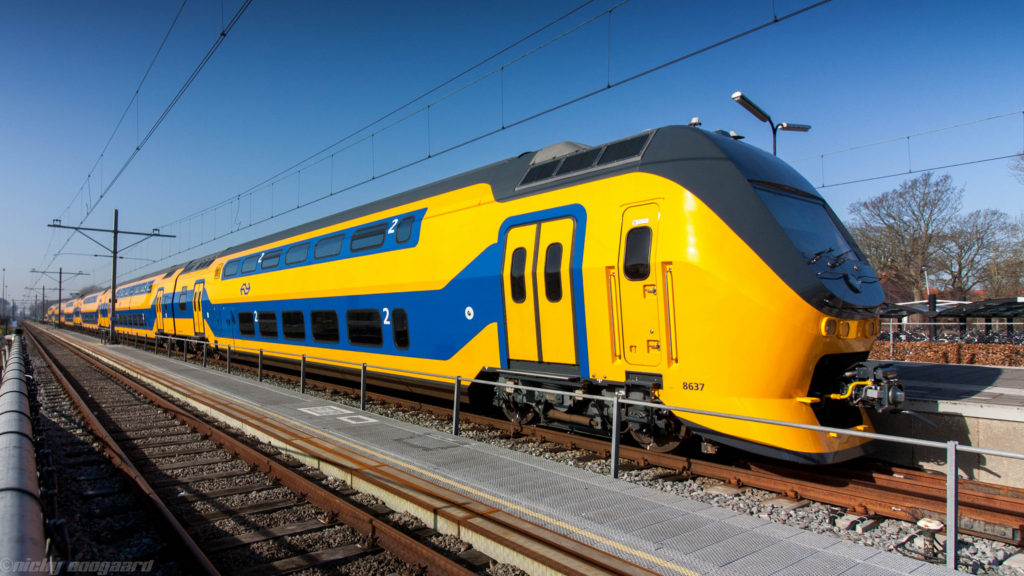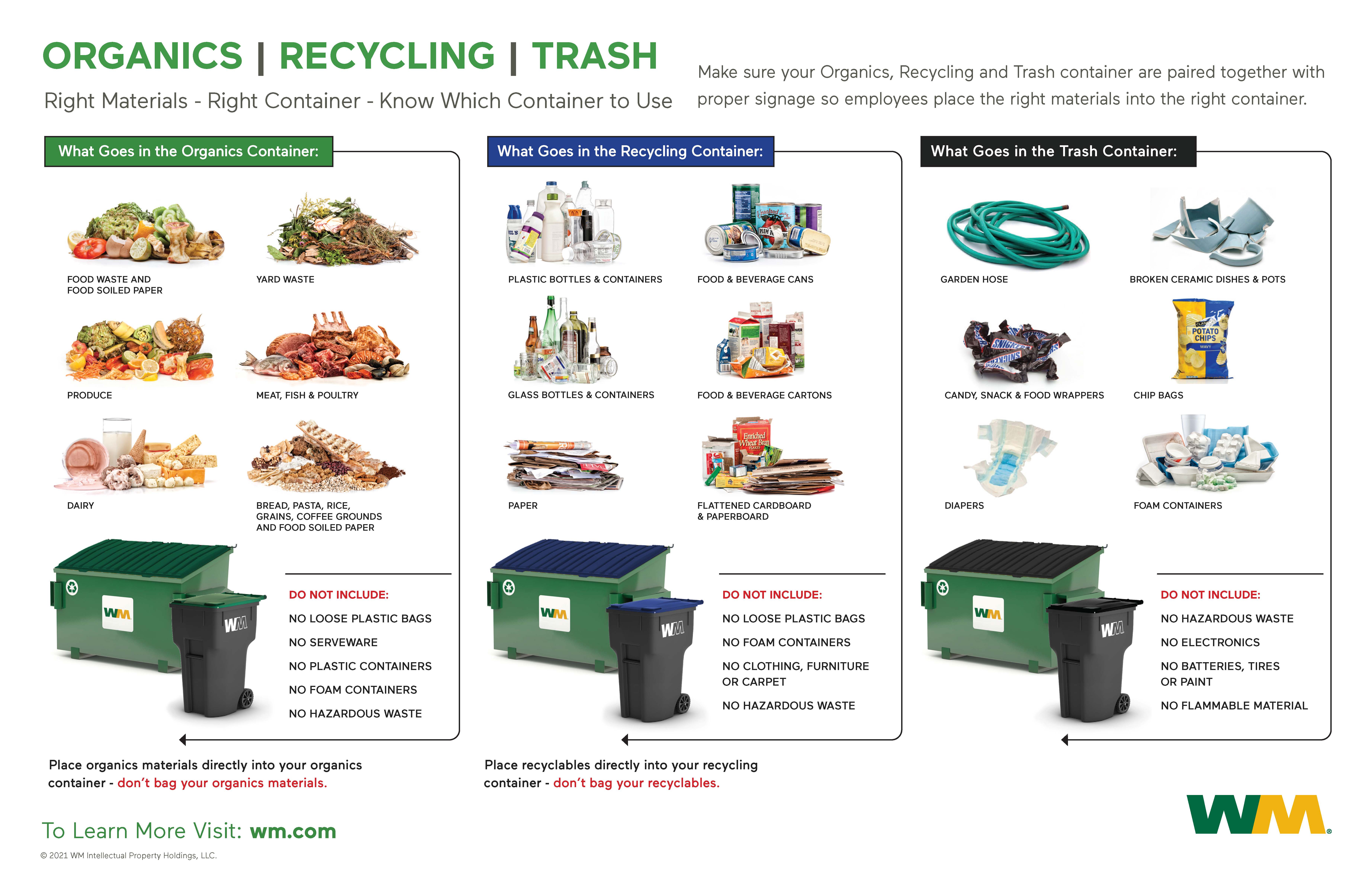Wind Energy For Railways: Exploring The Potential Of Wind-Powered Trains

Table of Contents
The Technological Feasibility of Wind-Powered Trains
The concept of wind-powered trains might seem futuristic, but several technological approaches are being explored to harness the power of the wind for railway propulsion. These include:
-
Onboard Wind Turbines: Smaller, specialized wind turbines could be integrated directly onto trains. The size and placement of these turbines would need careful consideration to minimize aerodynamic drag and maximize energy capture. Efficiency would depend on factors like wind speed and turbine design.
-
Off-board Wind Farms: Large wind farms strategically located along railway lines could generate electricity to power the trains via overhead lines or through onboard batteries charged at designated stations. This approach offers greater power generation capacity but requires significant initial investment in infrastructure.
-
Hybrid Systems: Combining wind energy with other renewable sources, such as solar power, offers a more reliable and resilient energy supply. This hybrid approach could mitigate the intermittency issues associated with wind power alone.
-
Integration with Existing Infrastructure: A key challenge lies in seamlessly integrating these wind-powered systems with existing railway infrastructure, minimizing disruption to operations and maximizing compatibility with current technologies.
However, several technical challenges need to be addressed:
-
Intermittency of Wind Power: Wind is an intermittent energy source, meaning its availability fluctuates. Effective energy storage solutions, such as advanced battery systems or pumped hydro storage, are crucial to ensure consistent train operation.
-
Reliability and Maintenance: Wind turbines operating in the railway environment face unique challenges, including exposure to harsh weather conditions and potential damage from debris. Robust design and regular maintenance are essential for ensuring the reliability and longevity of these systems.
-
Impact on Train Design: Integrating wind turbines or other wind-energy harvesting equipment may necessitate modifications to train design, potentially impacting weight, speed, and overall efficiency.
Environmental Benefits and Sustainability of Wind-Powered Trains
The environmental advantages of wind energy for railways are substantial compared to traditional systems:
-
Reduced Carbon Emissions: Wind power is a clean energy source, significantly reducing greenhouse gas emissions associated with train operation. This contributes to mitigating climate change and improving air quality.
-
Lower Air Pollution: Eliminating or reducing reliance on diesel engines drastically minimizes air pollution along railway corridors, improving public health and environmental quality in densely populated areas.
-
Sustainable Transportation: Wind-powered trains represent a significant step towards creating a greener, more sustainable transportation system, aligning with global efforts to transition to renewable energy.
-
Reduced Fossil Fuel Dependence: This technology reduces reliance on fossil fuels, enhancing energy security and diminishing vulnerability to fluctuating fuel prices.
A comprehensive Life Cycle Assessment (LCA) is essential to evaluate the environmental impact of manufacturing, installing, operating, and decommissioning wind turbines used for railway applications. This analysis will help optimize the environmental sustainability of the entire system.
Economic Aspects and Cost-Effectiveness of Wind-Powered Trains
The initial investment costs for implementing wind-powered train technology are significant, primarily due to the infrastructure required for wind farms or the integration of onboard turbines. However, several long-term cost savings are anticipated:
-
Reduced Fuel Costs: Eliminating or reducing reliance on diesel fuel translates into considerable savings on operational expenses.
-
Lower Maintenance Expenses: Wind turbines generally require less maintenance than diesel engines, leading to lower long-term maintenance costs.
-
Government Incentives: Many governments offer incentives and subsidies for renewable energy projects, potentially offsetting initial investment costs.
A detailed cost-benefit analysis comparing the economic viability of wind-powered trains with other sustainable alternatives, such as electric trains powered by renewable sources, is crucial for informed decision-making.
Case Studies and Future Prospects of Wind Energy in Railways
While widespread adoption of wind-powered trains is still in its early stages, several projects worldwide are exploring this concept. Further research and development are needed to refine existing technologies and explore new approaches. Government policies promoting renewable energy and collaborations between railway companies, wind energy providers, and research institutions are vital for accelerating progress in this field. The potential for advancements in wind turbine technology specifically designed for railway applications is enormous. These advancements could lead to more efficient, reliable, and cost-effective solutions for harnessing wind energy for railways.
Harnessing the Power of Wind for a Greener Railway Future
In conclusion, the potential of wind energy for railways offers a compelling pathway towards a more sustainable and environmentally friendly transportation sector. While technical and economic challenges remain, the environmental benefits and long-term cost savings are significant. Further research, development, and investment are needed to realize the full potential of this innovative technology. Learn more about the potential of wind energy for railways and discover how you can contribute to a greener future for transportation. Invest in the future of sustainable transport by exploring the potential of wind-powered trains.

Featured Posts
-
 Is Havertz The Answer For Arsenal Souness Casts Doubt Epl
May 03, 2025
Is Havertz The Answer For Arsenal Souness Casts Doubt Epl
May 03, 2025 -
 Iconic Bands Festival Condition Life Or Death
May 03, 2025
Iconic Bands Festival Condition Life Or Death
May 03, 2025 -
 New Saudi Regulation To Unleash Growth In The Abs Market
May 03, 2025
New Saudi Regulation To Unleash Growth In The Abs Market
May 03, 2025 -
 Snow And Ice Impact Friday School Schedule And Trash Pickup Changes
May 03, 2025
Snow And Ice Impact Friday School Schedule And Trash Pickup Changes
May 03, 2025 -
 Rosie Huntington Whiteleys All White Lingerie Look A Study In Perfection
May 03, 2025
Rosie Huntington Whiteleys All White Lingerie Look A Study In Perfection
May 03, 2025
